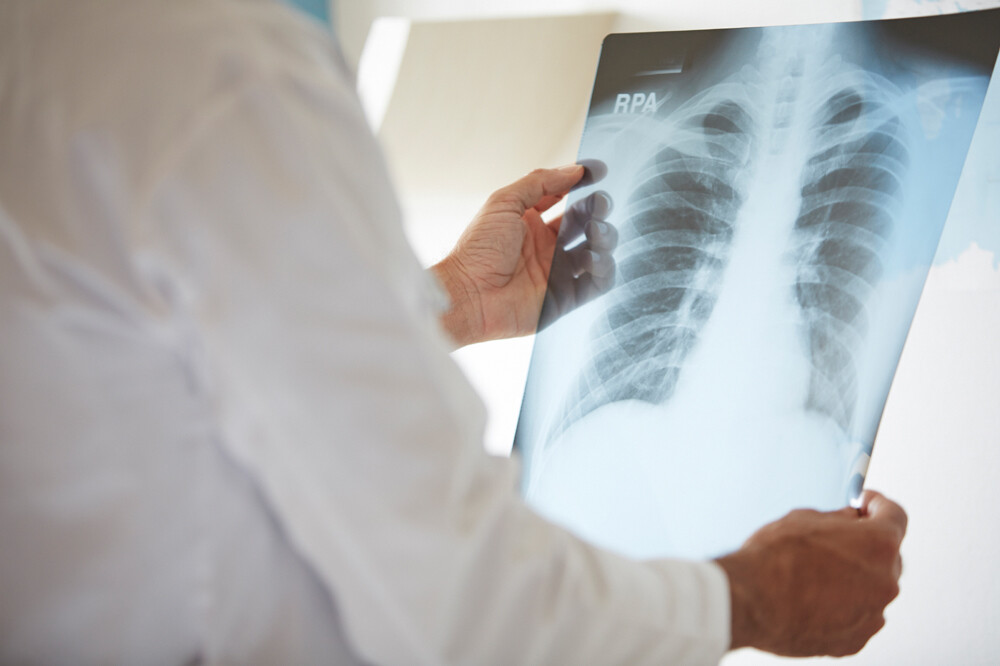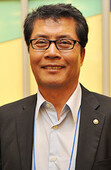
Seoul, South Korea – The medical community is expressing strong opposition to a recent court decision that acquitted a traditional Korean medicine doctor (hanui) who used X-rays for diagnosis. The ruling has sparked heated debate about the scope of practice for hanuis and the potential risks to public health.
The Korean Orthopedic Association (KOA) has issued a statement condemning the ruling and accusing the Korean Traditional Medicine Association (KTMA) of misrepresenting the court's decision. The KOA argues that the ruling does not give hanuis a blanket authorization to use radiological equipment.
"Using medical devices by people without specialized knowledge is an act that seriously threatens the health and safety of the people," the KOA stated. "We cannot condone this attempt."
The KOA also emphasized that the court ruling was based on the specific circumstances of the case and should not be interpreted as a blanket approval for hanuis to use X-ray machines. They argue that the KTMA is distorting the ruling to justify their push for expanded use of diagnostic equipment.
"This ruling shakes the foundation of the medical licensing system," the KOA declared. "We will mobilize all means and methods to correct this wrong ruling."
The controversy highlights the ongoing tension between the medical community and the traditional Korean medicine community over the use of modern medical technology. The medical community argues that hanuis lack the necessary training and expertise to operate radiological equipment safely and effectively.
The debate is likely to continue as the two sides dig in their heels. The KOA has vowed to fight the ruling and prevent any further expansion of hanuis' scope of practice. The KTMA, on the other hand, is likely to continue pushing for greater recognition and acceptance of their use of modern medical technology.
This case raises important questions about the regulation of medical practices and the balance between traditional medicine and modern medicine. It also underscores the need for clear guidelines and standards to ensure the safety and well-being of the public.
[Copyright (c) Global Economic Times. All Rights Reserved.]






























